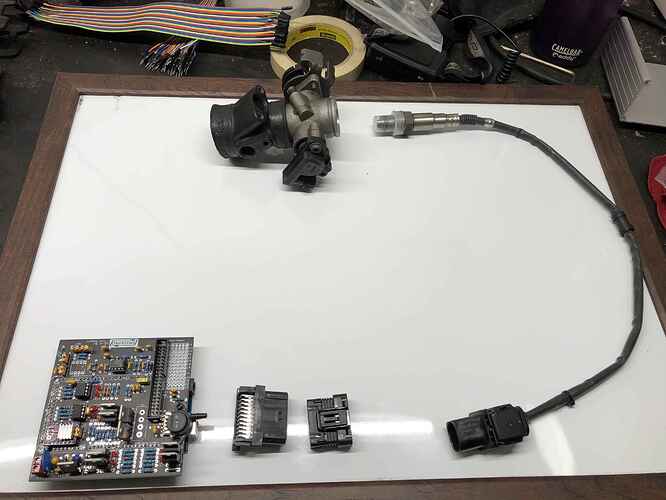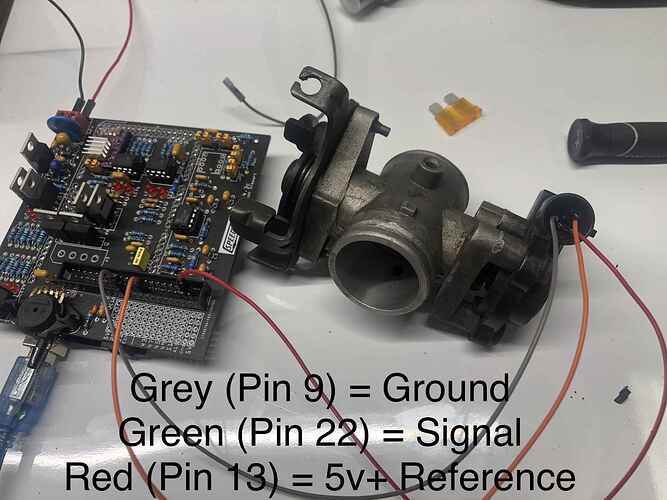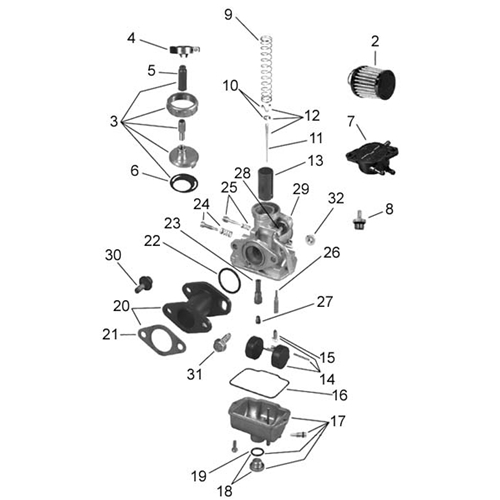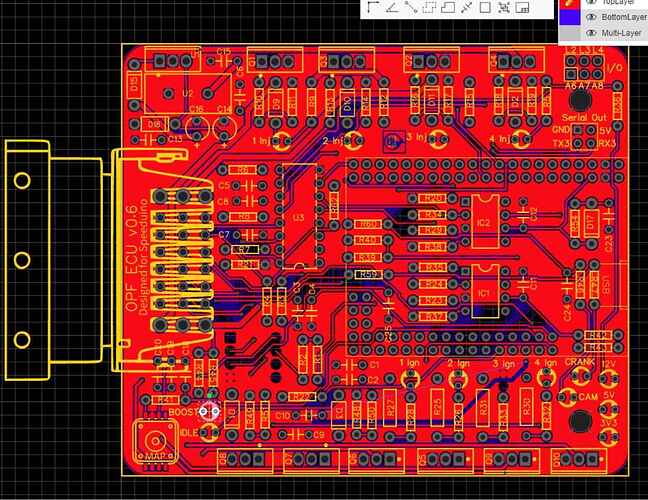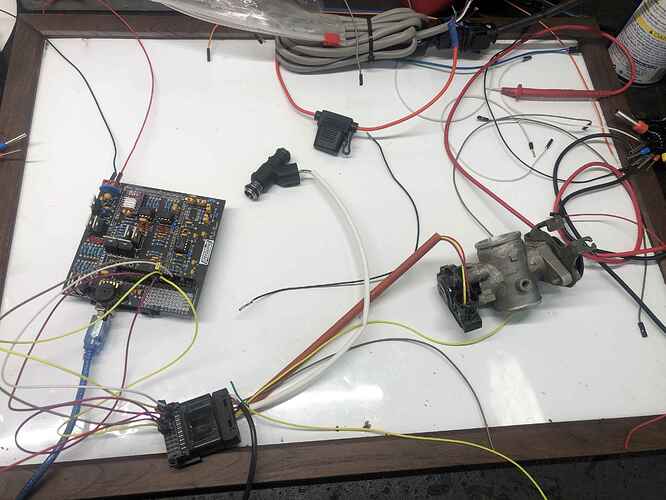TLDR: I’m building an EFI system for karting application, based on a ground-up design that would also work for motor cycles.
Longer intro:
The last couple of weeks I’ve been doing a deep dive into spec racing and spec classes in karting.
Talking with people that established (or were heavily involved with) programs about what worked, lessons learned and if they were to do it again, what would they do differently…
One of the things to come out of that was a desire for EFI. I’m pretty comfortable with carbs (My 100cc direct drive days ensured that), but I’m also super keen on the granular and adaptive capabilities of EFI.
Recent developments in open source hardware make it more viable than ever to build a bespoke, paired down system that can be produced in volume.
Last night the first hardware steps began. There’s a lot of research up to this point, but now it’s development time.
My hope is to have the (prototype) EFI system on the kart in June.
Goals:
Compact, durable unit that can be used on motorcycles or karts.
Automatic, real-time fuel adjustment (jetting) based on barometric pressure.
Cold start enrichment.
Computer controlled ignition with optimized timing curve.
Low power consumption to support applications where power generation is limited.
33pin Sumitomo connection (Covers many motorcycles and mini bikes running a Keihin ECU)
Two injection channels to support primary and secondary where needed (ie two stroke).
At the beginning this is going to be pretty hacky, but as we move closer to the final product things will be much cleaner.
I hope to share everything from design/build, dyno and on track tuning and everything in between.
For now the working title for the system is MuleEFI
Why?
Because the engine it’s going on kicks like a Mule and I had a Vodka Mule in my hand when I thought of a name 
Here’s the first pic following a successful throttle position sensor test last night. I had 3 throttle bodies laying around from the rental kart stuff I bought a few years ago, spent some time figuring out the pinout and nothing blew up.
Success!
You can see my color blindness in the second pic. I should add, I won’t be doing this on my own, I’ll be bringing people on board who know a lot more about this than I do!
